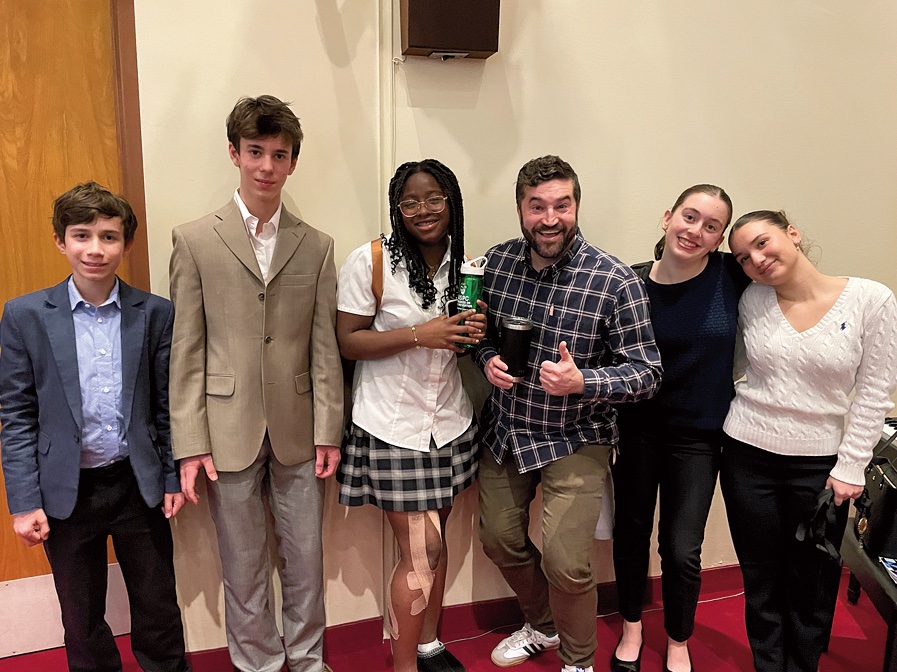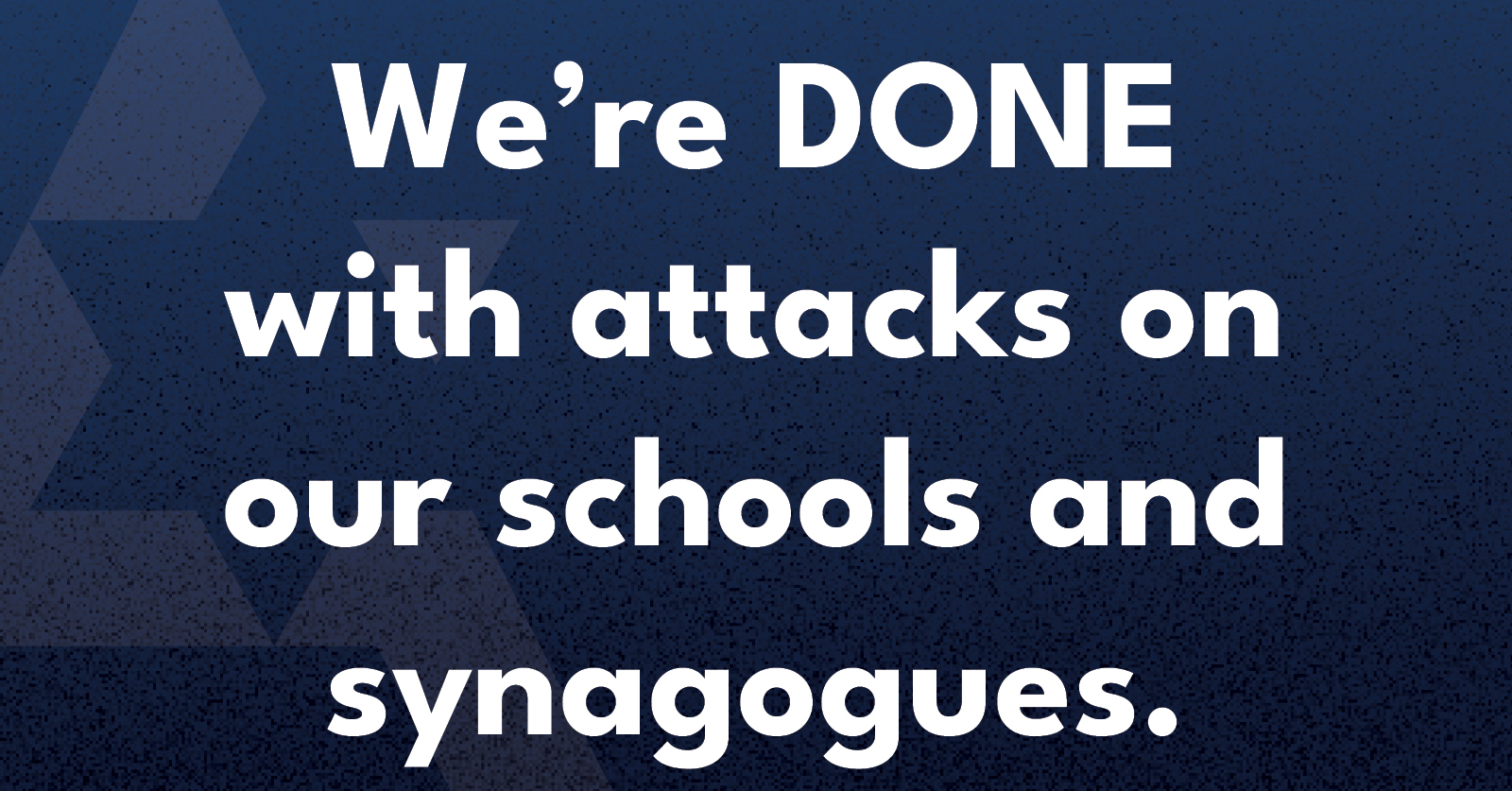Local News
Sale of Town Island averted – for now
 By BERNIE BELLAN
By BERNIE BELLAN
Originally published in the Feb. 5 issue of the JP&N
The one story that has preoccupied me most in recent weeks has been the impending sale of the portion of Town Island that is not owned by BB Camp, but which is owned by the City of Kenora. I am now glad to report that, at least for the time being, the sale of Town Island has been averted – not because the City of Kenora dropped the idea of selling it; rather, it was because Kenora did not receive one single “expression of interest” in buying the island, according to an email I received from Kenora’s Manager of Development Service, Adam Smith.
(In a previous issue I explained that Kenora was prepared to sell Town Island only to one buyer. Undoubtedly, the thought of having to go through environmental and other regulatory hurdles must have discouraged anyone who had considered putting in a bid for the island.)
While the “stay of execution” that so worried the “Friends of Town Island” must come as a relief to the thousands of individuals who had been waiting anxiously to see what would happen as of the deadline of January 31 for receipt of expressions of interest in Town Island, there has been much confusion surrounding this story.
The most recent element of confusion – and something I wrote about in our last issue, occurred when an online publication known as Kenora Online wrote in a headline that the Ontario Minister of Northern Development, someone by the name of Greg Rickford, had told a reporter for that publication that the Ontario government was interested in a land swap that would have seen Kenora hand over Town Island to the provincial government in exchange for Crown owned land either in or adjacent to Kenora. However, when I read that particular story, I concluded that the minister had never said anything about engaging in a land swap. In fact, what he was quoted as having said should have led one to the exact opposite conclusion: that Ontario was interested in developing Town Island, not conserving it.
I asked the reporter for Kenora Online how he had come to the conclusion that this particular minister was interested in a land swap when the minister’s own words gave no indication that was his intent, but the reporter simply said to me: “Why don’t you contact Rickford yourself?”
Subsequently, I did attempt to do that – by email, phone, and Twitter – all to no avail. I tried to enlist the help of other reporters, including from the Canadian Jewish News and the CBC, and those two outlets may still follow up my line of inquiry, but at this point it seems that the issue is moot: Unless Kenora reopens the process of putting up Town Island for sale again in the near future, BB Camp is saved from having to worry about the island being opened up for development.
Still, the fact that this Minister Rickford was so consistently unresponsive to my repeated requests for clarification just what his government’s position was re Town Island has led me to believe that the Kenora Online story was totally wrong: There was never any intention by the Ontario government to engage in a land swap with Kenora. This Rickford fellow was just another politician saying something innocuous – to the effect that he’s quite willing to work with Kenora, which a news publication interpreted to mean something else entirely. That’s why most provincial governments (and the Federal government for sure), keep armies of media personnel on hand to speak for their governments. They sure as heck don’t want politicians speaking off the cuff – only to see their words get totally misinterpreted.
Post script: I finally did receive an email from someone in Minister Rickford’s office – someone by the name of Sydey Stonier, who identified themself as Associate Director of Communications. The email came too late to include in the Feb. 5 issue of the JP&N, but here are some excerpts from the exchange of emails I had with Stonier:
I asked Stonier whether “the Ontario government iz prepared to engage in some sort of negotiation with the City of Kenora that would see Town Island preserved as a nature conservancy?”
Stonier responded, but didn’t answer my question directly, so I wrote back: “The bottom line is the Ontario government is not interested in doing anything that would preserve Town Island as a nature conservancy. Would that be a fair statement to make?”
Stonier responded: “That would not be a fair statement to make. Minister Rickford’s quote in the Kenora Online article is referring to finding development opportunities in the Kenora District in general, not a reference to the future use of Town Island as that is owned by the city.
“Ontario is only involved in this issue if there was to be a land swap with Kenora and MNRF to acquire additional crown lands for economic development. This land swap is no longer an option. Town Island is still owned by the City of Kenora, so you would need to ask them about any future plans.”
The question for now is: Will Kenora attempt to offer up Town Island for sale again? Nothing in either what Minister Rickford had to say, nor his Associate Director of Communications, offers the least bit of assurance that the Province of Ontario is at all interested in safeguarding Town Island from development.
Local News
Cheryl Hirsch Katz, Jewish Child and Family Service’s longest serving staffer, set to retire at end of the month

By MYRON LOVE “I loved working at Jewish Child and Family Service,” says Cheryl Hirsh Katz, who is due to retire at the end of June. “I have always appreciated the warm and welcoming atmosphere here. I feel that the people working here are my extended family. I am going to miss my colleagues”.
“I have derived great satisfaction over the years to have been able to help many people in our community of all ages through my work at JCFS,” she continues.
After 44 years at the agency, Katz, the longest-serving member of the staff, was given an appreciative send-off at the JCFS’s recent (June 23) Annual General Meeting at the Shaarey Zedek Synagogue.
The daughter of Art and Bess Hirsh, Cheryl grew up in Garden City. She attended Peretz School, then Jefferson Junior High and Garden City Collegiate. She joined the staff of JCFS in 1981, shortly after receiving her Bachelor of Social Work degree.
She earned an MSW in 1990.
“I chose to become a social worker,” she recalls, “because I always wanted to be able to help people.”
Katz was originally hired by JCFS to work with newcomers. After a couple of years, she was given responsibility for looking after the needs of older adults.
“I really enjoyed working in older adult services,” she says. “That is where I spent the bulk of my time at JCFS.”
After ten years as a case worker, she was promoted to a supervisory role. Later, she was also given responsibility for mental health and addictions programming and settlement services, while keeping the older adult files under her purview.
“As a supervisor, I wasn’t directly involved with individual clients,” she points out. “I was more involved with programming. Among the programs for seniors we organized were – for example – sessions on elder abuse, digital storytelling and memory loss.”
She notes that one of the trends she has seen over the last 44 years is that people are living longer and living in their homes longer. A lot more of our clients are living well into their 90s,” she observes. “We have had to continually expand our staff and the services we provide in order to accommodate the growing demands of an aging population.”
She also spoke of the mental health needs of seniors and aging Holocaust survivors.
She says that she has mixed feelings about leaving JCFS. “After so many years working full time, I am going to have to create a new routine,” she comments.
She notes that, now that she is retired, she will have more time to spend with her parents – who are in their 90s.
And then, there are the two dogs to look after. “I will have time now to try new activities,” she says. “ I might learn to play mah-jong.”
She speaks about maybe doing some traveling – although her husband, Murray, is still working full time.
(She and Murray have one daughter, Farah.)
“Retirement may also include some volunteering,” she adds.
It is quite likely, she will be continuing her association with JCFS but in a volunteer capacity.
Local News
Gray Academy students shine in provincial, national debating competitions

By MYRON LOVE It has been another good year for Gray Academy’s high school students who participated in provincial and national debating competitions. The best results were recorded by Grade 9 student Noa Mednikov, who finished fourth overall nationally, fourth in interpretive reading, and fifth in persuasive speaking at the junior National Public Speaking Championship in early May in Vancouver.
Last October, in the Junior Provincial British Parliamentary Championship – which was held at St. John’s-Ravenscourt – Noa and her partner, Raya Braunstein, finished third as a team while Raya placed third in individual debating.
Their fellow Grade 9 student Maxim Moscalenkov tied for first in persuasive speaking in Vancouver, while the Gray Academy team of Gabe Tapper and Aaron Koplovich finished fifth. Aaron also finished fifth in his individual debate.
Earlier, in March, Maxim finished fifth in the Provincial Juniors debating competition, which was held at Balmoral Hall He and his debate partner, Nate Shenkarow, finished seventh among the teams entered. Last November, he and partner, Ethan Tenenbein, finished seventh in the Junior Prepared Tournament – just behind the Gray Academy team of Nate Shenkarow and Jack Kay.
At the senior high level in that competition, the team of Jacob Tenenbein and Jonah Novoseller finished fourth and Jacob was recognized as fifth best in an individual capacity. Jonah and Jacob also paired up to win the Asper Cup, which was held at their home school.
Jacob represented Manitoba at the Junior National Speech Championship in Vancouver in May and, last October, he and Grade 12 Gray Academy students Julie Krozkin and Daniel Bokser represented Canada at an international debating tournament in Bermuda.
Gray Academy’s debating program was introduced by Linda Martin in 2003. She also led the debating teams at Balmoral Hall. In 2011, Martin was succeeded by Gray Academy high school English teacher Andrew Kaplan.
“Andrew has done a wonderful job with the debating program” says Martin, who has a debating trophy at Gray Academy named in her honour, as well as a provincial trophy for best individual junior debater. “Over the years, Gray Academy students have done very well in many local, national and international competitions,” she adds.
About three weeks ago, this writer had the opportunity to sit down with Andrew Kaplan and six of the school’s top debaters while they discussed the benefits of learning how to debate. According to Noah Strauss – who competed in the Junior Provincials at Balmoral Hall in March, public speaking leaves him with a feeling of accomplishment.
“It’s a good skill set to have,” he observes. “It builds confidence.”
“A benefit of being able to debate is that you learn how to convince people that you know what you are talking about,” adds Maxim Moscolenkov.
Raya Braunstein notes that being able to debate is a skill that she expects to be helpful in many university courses which she may choose to take.
As Andrew Kaplan notes, the ability to express yourself has a great impact in whatever career you choose to pursue.
He points out that debating is compulsory at Gray Academy for all Grade 7 and 8 students – and students can continue debating as an option in the higher grades
Of course, competitive debating is not for everyone. For those students who opt to take that path, the journey begins with internal school debate competition – with the top debating teams and individuals qualifying for local tournaments and – potentially – beyond.
Andrew Kaplan reports that a small number of high schools in Winnipeg and southern Manitoba have active debating programs – including St. Johns Ravenscourt, St. Paul’s High School, St. Mary’s Academy, Garden City and Maples Collegiates in the Seven Oaks School Division, St. Maurice (a Catholic School), as well as Morden Collegiate and Dasmesh, a Sikh private school.
Kaplan expresses his appreciation to the Asper Foundation and an endowment spearheaded by the Kives Family for providing funding for the Gray Academy debating program – as well as the Andrew Slough Foundation – which was established by his friends in memory of the outstanding former Ravenscourt student debater and lawyer who passed away suddenly two years ago at the still young age of 38.
I am confident that our Jewish community can look forward to the continued success of Gray Academy’s star debaters and to the continual emergence of future stars as the times goes by.
Local News
Antisemitism has crept into grade school in Canada

Antisemitism in Canada has moved beyond protests and politics; it is now entering classrooms and altering how Jewish children see themselves functioning within them.
A a university student I have observed the experience of my younger brother in grade eight as a Jewish student. Over the past few months, his school has been at the center of several deeply troubling incidents that have made him feel unsafe in our parks, community, and even his school. Swastikas were drawn around the community, in parks and ponds. Additionally, an older man, who claims to be a pro-Palestinian influencer, stood outside his predominantly Jewish school wearing a keffiyeh, filming a video which then circulated between students on TikTok.
This same man later showed up to our local Jewish community center in keffiyeh to allegedly watch his son play basketball where my brother and many of his classmates go for their lessons, basketball games, and Jewish events. These moments made him and his peers feel watched and targeted just for being Jewish. Local political representatives condemned the incidents and raised awareness about antisemitism, but the fear among students didn’t go away. The feeling of being targeted for simply existing has been taught to my brother, something my parents had tried their hardest to escape from.
Most recently, my brother was chosen to represent his school at a regional science fair. When one of the judges arrived wearing a keffiyeh, he froze. For many, including my brother after the incidents he has faced, the keffiyeh represents a political message. But even more so for my younger brother, it is tied to the fear and intimidation he had already experienced. He felt nervous, distracted, and unsure of how to act.
This is not about silencing political expression. It is about a child who came to share his ideas and left feeling uncertain and afraid. It is about the atmosphere forming in Canadian schools, where Jewish students are being made to feel targeted and unwelcome.
His school made an effort to address the incidents, but the impact is lasting. Posts on social media, much can be very vague at times about inclusion cannot fully undo the feeling of being singled out. A kind word from a teacher does not erase the fear that builds when threats are left unspoken but deeply felt.
I am writing this as a sister who watched her younger brother lose a moment that should have been filled with confidence and pride. He deserved to feel safe. So do all Jewish students in this country.
Moving forward, schools must take concrete steps to protect all students. Antisemitism cannot only be addressed when it becomes violent or overt. It must also be recognized when it appears as intimidation, symbolic targeting, or political messaging that creates fear among students. Children should never have to question whether they are safe in their own classrooms or community spaces.
Events that are meant to support and celebrate students must remain focused on them. Individuals who feel the need to bring political symbols or messages into school grounds or children’s events should not be welcomed in those spaces. Schools must make it clear that their environments exist to support learning, safety, and inclusion, not to host agendas that can intimidate or isolate students.
Administrators and educators must develop clear guidelines for identifying and responding to antisemitic behavior in all its forms. This includes strengthening security measures, offering ongoing staff training, and engaging directly with Jewish families to understand their concerns. Inclusion is not a one-time statement. It is a responsibility that must be reflected in everyday decisions and actions. No child should ever feel unsafe or unwelcome because of their identity.
The author is a Campus Media Fellow with HonestReporting Canada and Allied Voices for Israel who lives in Toronto.
